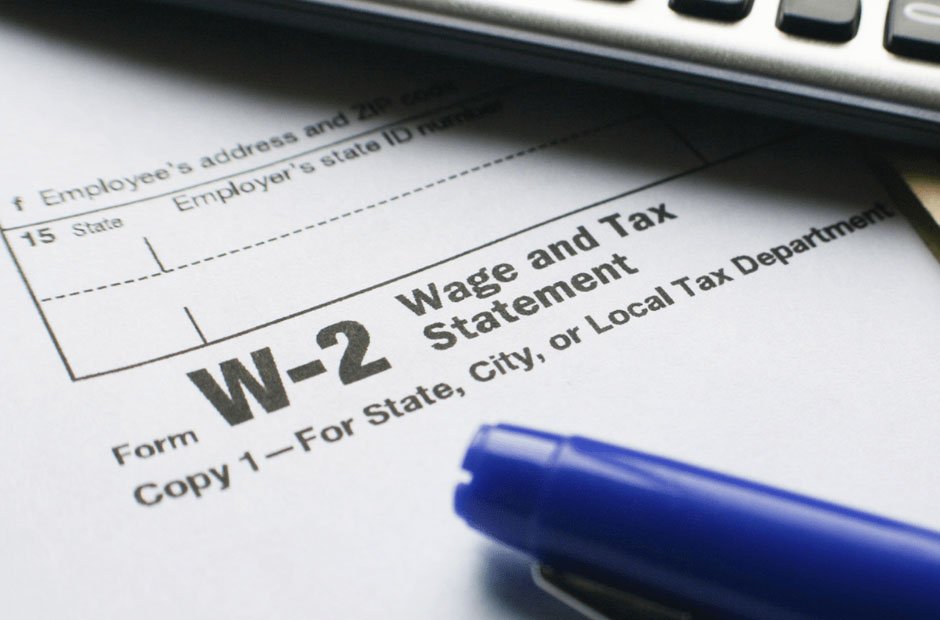In today’s world, where individuals are taking on various job opportunities and navigating multiple sources of income, it’s crucial to understand the distinctions between important financial documents. Two such documents that often come into play are the W-2 form and the last pay stub. While both provide valuable information about an individual’s earnings, taxes, and deductions, they serve different purposes. When it comes to managing your finances, staying organized and informed is key. That’s why it’s empowering to make pay stubs regularly, as they can provide a comprehensive record of your income and deductions, enabling you to have a clear overview of your financial situation. In this article, we will explore the similarities and differences between a W-2 form and a last pay stub, shedding light on why they are essential for financial management.
Similarities between W-2 Forms and Pay Stubs
Earnings Information
Both the W-2 form and the last pay stub provide details about an individual’s earnings. They display the gross income earned over a specific period, including regular wages, bonuses, overtime pay, and commissions. This information is vital for understanding one’s total income and planning personal finances.
Tax Withholdings
Both documents also outline the tax withholdings for a given period. They reveal the amount of federal, state, and local income taxes deducted from the employee’s paycheck. This information is essential for accurately filing taxes and ensuring compliance with tax regulations.
Differences
Timing and Purpose
The key difference between a W-2 form and a last pay stub lies in their timing and purpose. A last pay stub is generated at the end of each pay period and serves as a record of the recent paycheck. It includes detailed information about the current pay cycle, such as hours worked, hourly rates, and specific deductions. On the other hand, a W-2 form is issued annually by employers at the close of the calendar year. It summarizes the employee’s earnings and tax withholdings for the entire year, providing a comprehensive overview for tax purposes.
Tax Reporting
While both documents contain tax-related information, their role in tax reporting differs significantly. A last pay stub helps individuals estimate their tax liability throughout the year and can be used as a reference when completing tax returns. However, it is not an official tax document and should not be submitted to the Internal Revenue Service (IRS). Conversely, the W-2 form is an official tax document that employers must provide to their employees. It summarizes the employee’s annual earnings and tax withholdings, enabling accurate tax filing with the IRS.
Additional Information
The W-2 form includes additional details that are not found on the last pay stub. This includes information such as Social Security and Medicare wages, retirement contributions, and other benefits. These details are crucial for individuals to have a comprehensive view of their income, deductions, and contributions, allowing them to make informed financial decisions.
Final Take
Understanding the difference between a W-2 form and a last pay stub is essential for managing personal finances and ensuring accurate tax reporting. While both documents provide information about earnings and tax withholdings, they serve distinct purposes. A last pay stub offers a snapshot of an individual’s recent pay cycle, while the W-2 form provides a comprehensive overview of annual earnings and taxes. By leveraging the information from both documents, individuals can effectively budget, plan for taxes, and make informed financial decisions throughout the year. So, make pay stubs regularly, but also keep your W-2 form secure as it holds significant importance during tax season.
















